Table of Contents
Dota 2, as well as any popular not-play-to-win games in the world, has been notorious for its plaguing problem – smurf and boosting. The concept that everyone is given a fair chance of winning is totally ruined by this.
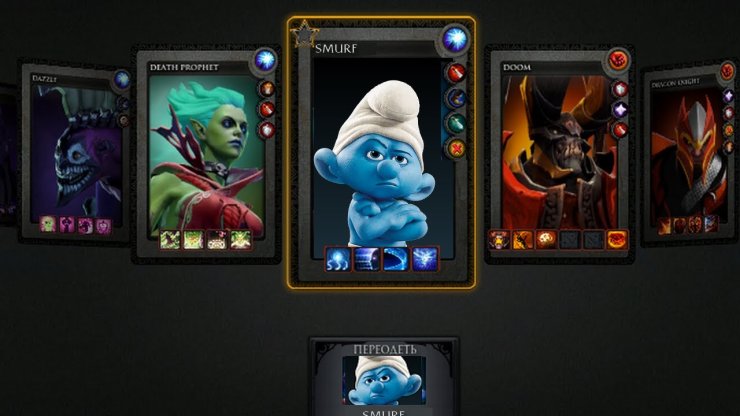
Winning is fun, but not for all
Contrary to play-to-win games, Dota 2 lets everyone play the game with the same starting point. Everyone starts their game with 600 gold and a level one hero to control. Gradually, you build up your hero through killing and destroying objectives. It appears to be a game of total balance where everyone has a good winning chance.

Unfortunately, that is not quite true. While everyone has the same starting ground, someone intends to gain significant advantages by doing a heinous act – smurf. The term derives from a Starcraft player when he decided to “have fun” by playing against less skilled players. That led to ridiculous advantages for one team while the other team has too little chance of winning.
The same goes for boosting. However, while smurfs tend to find fun in winning, boosters do this for money. They consider winning a commodity and charge customers an amount of money to win games. There are even many websites to field professional boosters to do the job. And I have to say, websites like that grow like a weed.
Smurf and boosting harm the game
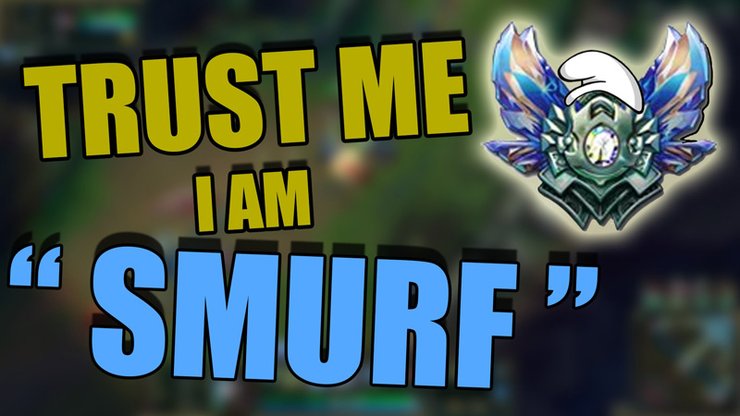
Needless to say, the smurf problem has sparked controversy in the Dota 2 community. While some said that the game is free and anyone can do anything they want. Others said smurfing is bad and needs to get banned. Obviously, Valve has agreed with the latter.
It has been a while now but Valve has recognized the problem with smurf since a long time ago. Dota 2 has gone through various changes and adjustments to discourage smurfing and boosting. Up until now, it seems to be quite effective and Valve is still implementing more things ahead.
Matchmaking changes
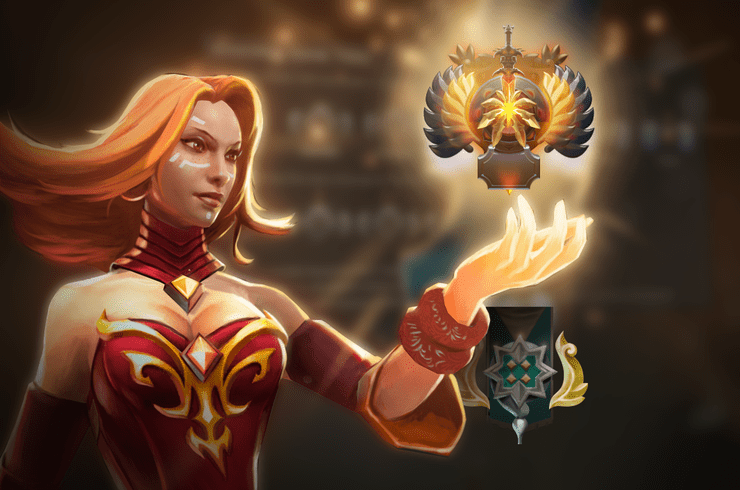
There used to be two separated rank system to track a player’s MMR. Players could even display their MMR on the profile. That was a dark time for party MMR players. Smurfs would go on to play on low solo ranked accounts while displaying their low solo MMR. That would showcase how obvious a player is “smurfing” and catch more attention. Surely, they were no low MMR player and would stomp a low-ranked MMR game easily.
In November 2017, Valve introduced the medal system to prevent this, to discourage smurf from showing how blatant they were. Moreover, solo MMR was factored in calculating party MMR in a match. That would close the skill gap between smurf and a real bracket team.
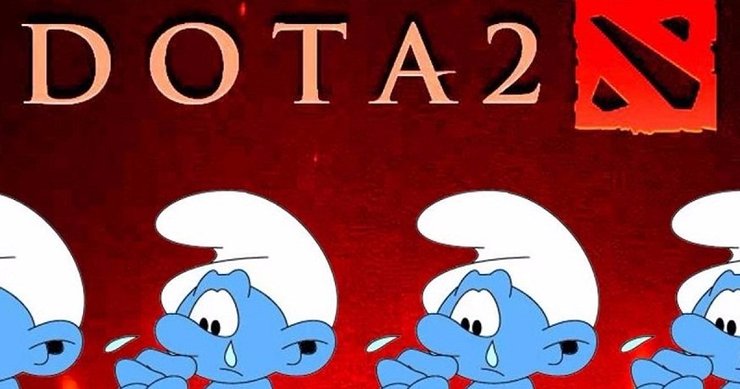
On August 06, 2019, the ranking system experienced a drastic change when Valve decided to eliminate solo and party MMR. Instead, they changed it to support and core MMR together with a patch featuring role selection in ranked matches. This encouraged more people to play more with friends and focus less on the solo queue. This also eradicated the concept of “solo boosting” or smurf in lower-ranked brackets.
Obviously, if people want to boost an account, they need to hire more people to form a party and raise the winning chance. This led to a financial hurdle to discourage boosting as hiring 5 people to boost one account would come at a high price.
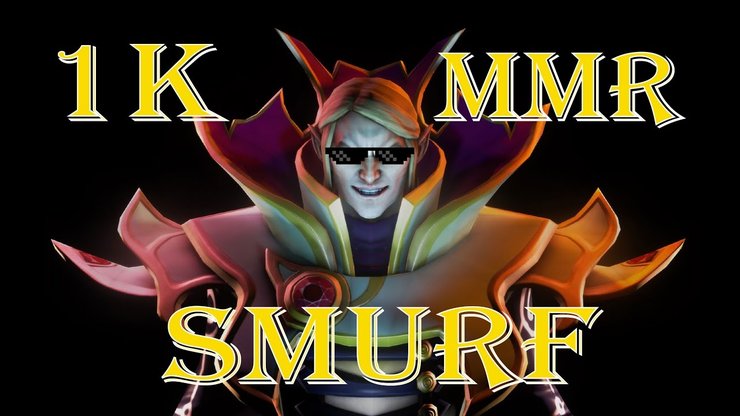
The latest Dota update on October 10, 2019
Valve seemed to stop at nothing to prevent smurf and boosting. Yesterday, they continued to release another patch to deal with the smurf and boosting problem.
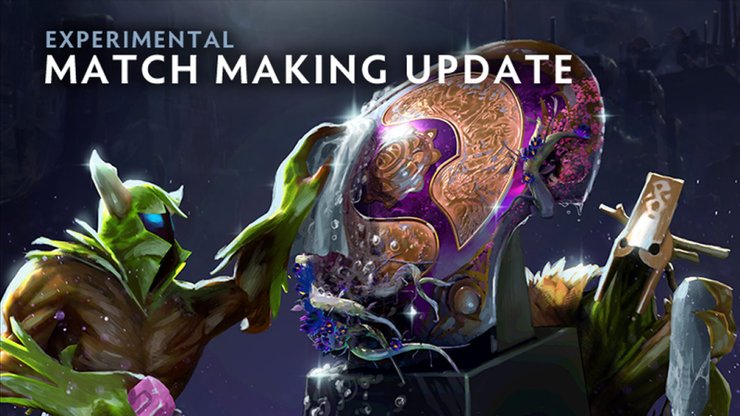
One haunting nightmare for Dota 2 players since the update of support and core role is smurfing. What if a team consists of 4 smurfs and one extremely high ranked account? That would boost up the MMR for the high-profile account while still playing against relatively low-skilled players.
As we know, games in a very high bracket are often hard to win as everyone is on the same level. However, with 4 low MMR accounts, you can lower the average MMR to get easier opponents and a better chance to win. That would create a window for high-profile accounts to gain MMR in a dishonest way.
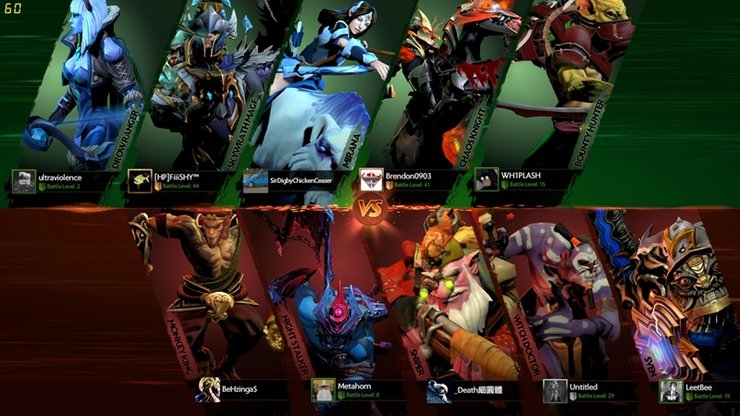
Valve has addressed the problem in this latest patch, lowering the MMR difference allowed in a party from 2800 to 2000. That means a 5000 MMR account can no longer party with a 2999 MMR player. Moreover, if one party consists of an Immortal player, every member of that party will be considered the same rank as the highest player in that party. This prevents the boosting case as mentioned above. An outstanding move from Valve.
Punished for bad behaviors
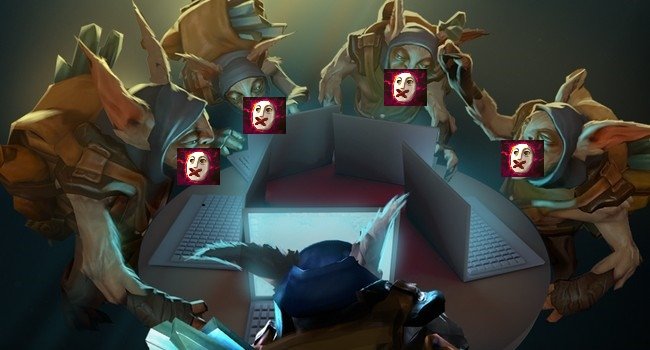
Along with the anti-smurf update, Valve also implemented a punishment for extremely ill-mannered players. It applies a soft ban of communication for players with a behavior score of below 3000. These players can't use the communication function normally until they improve their score.
Moreover, the ranked medals in MMR are no longer permanent. The ranked system in Dota 2 used to preserve the highest medal ever reached for players in each season. Now it is no more as the medal scales with your current rank. If you play badly and lose too much, your medal will adjust accordingly. This seems to be also a measure by Valve to stop buying and selling accounts. Apparently, it turns out that buying one high-profile account will no longer guarantee you a flashy medal even if you lose badly.
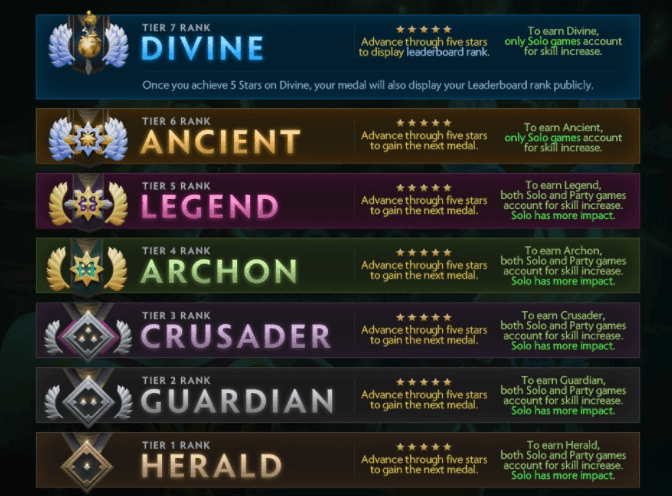
The battle is not over yet, Valve will come up with more ideas to improve Dota 2 soon.
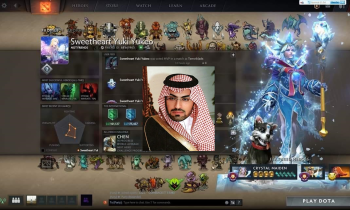
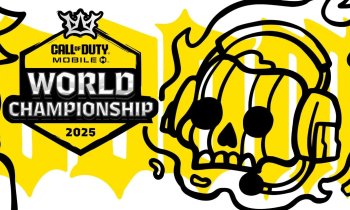
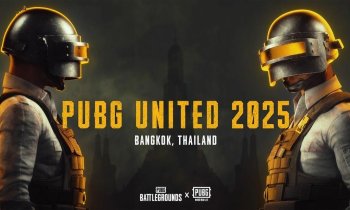
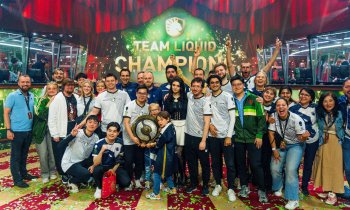
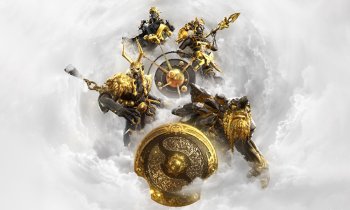





Comments